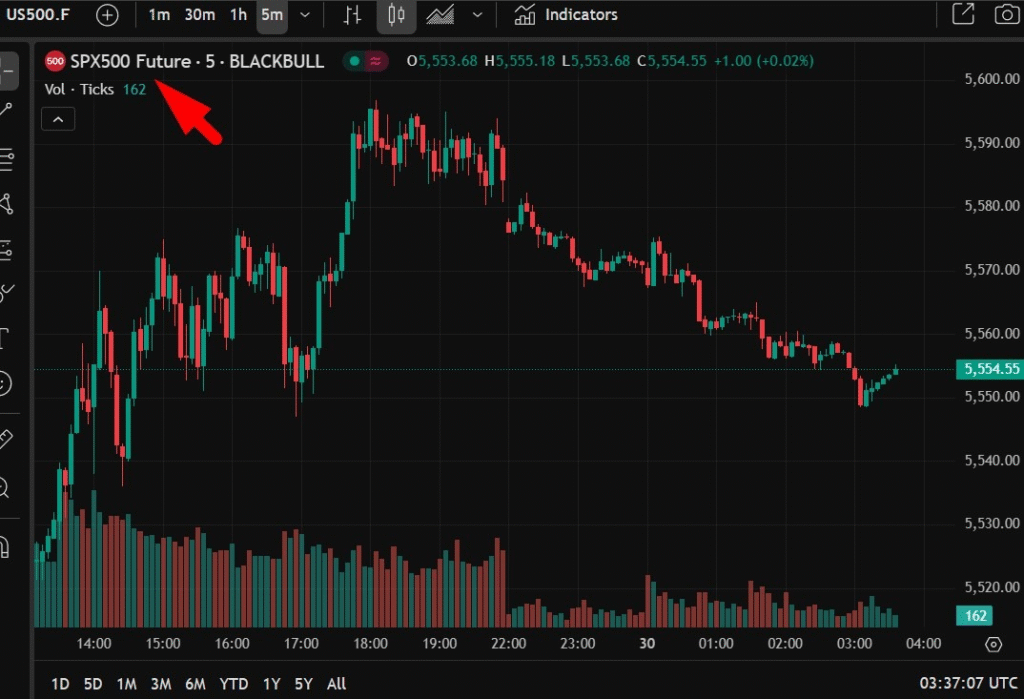Australian inflation slowed in the latest reading but still came in ahead of expectations, reinforcing expectations that the Reserve Bank of Australia will cut its cash rate at its next policy meeting on May 19–20. While softer near-term price pressures and rising global growth risks support the case for easing, the RBA may hold back from adopting a clearly dovish stance just yet.

In China, official PMI data showed a renewed loss of momentum in the factory sector. The official manufacturing PMI fell to 49.0 in April from 50.5 in March, marking the sharpest contraction since December 2023 and reflecting weaker conditions among larger, state-linked enterprises. In contrast, the Caixin manufacturing PMI, which focuses more on smaller, private exporters, eased to 50.4 from 51.2 but remained in expansion territory. The divergence suggests that while broad industrial activity is weakening, smaller firms are showing relative resilience despite mounting tariff headwinds.
New export orders slumped at the fastest pace since July 2023 amid heightened trade tensions, contributing to only a modest rise in overall new business volumes. Chinese markets are closed for the Labour Day holidays from Tuesday through Monday, limiting immediate reaction to the data.
In commodities, U.S. crude prices came under pressure after the American Petroleum Institute reported a 3.76 million barrel increase in U.S. inventories, stoking some fresh concerns over demand.
Market movement was restrained during the session. AUD/USD has pooped up a little following the CPI data while the USD elsewhere is a touch better bid. Ranges have not been large. While regional equities have been mixed US equity index futures have been heavy during evening trade.

